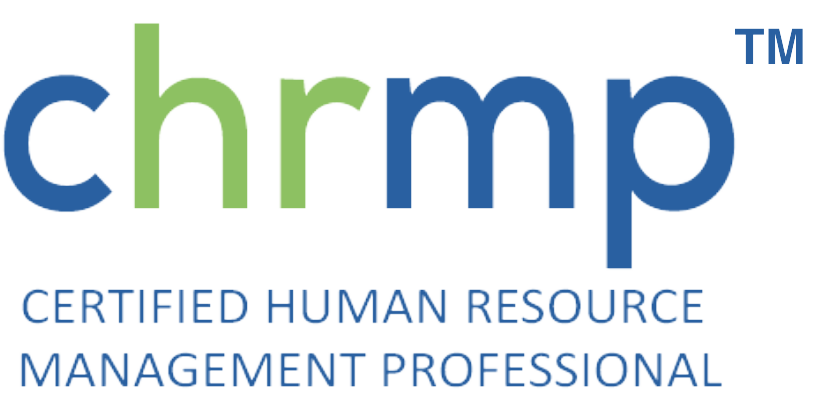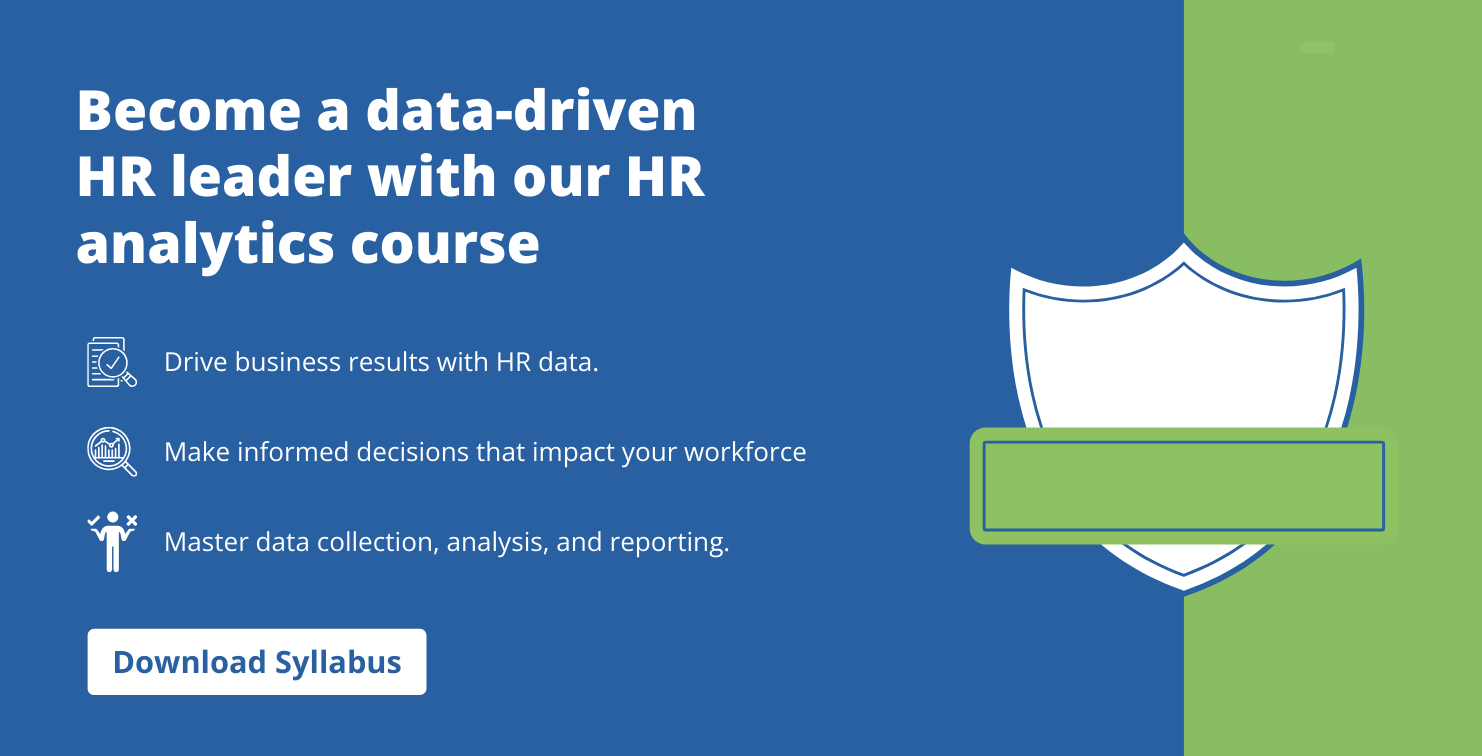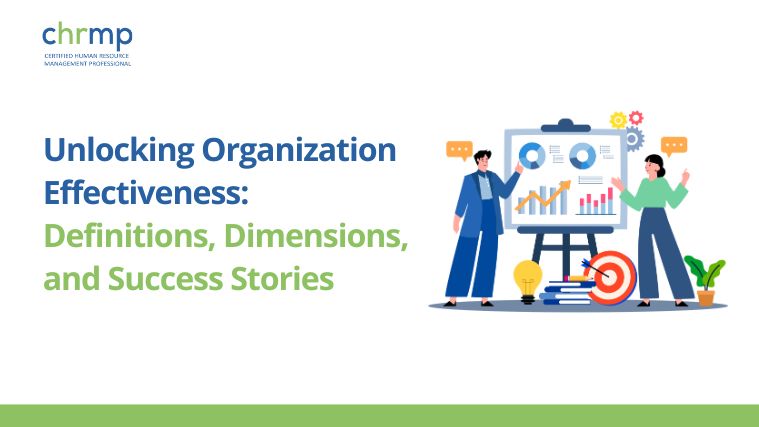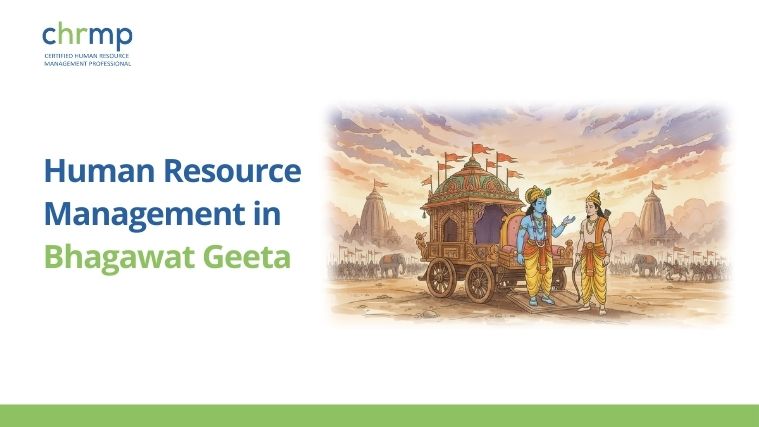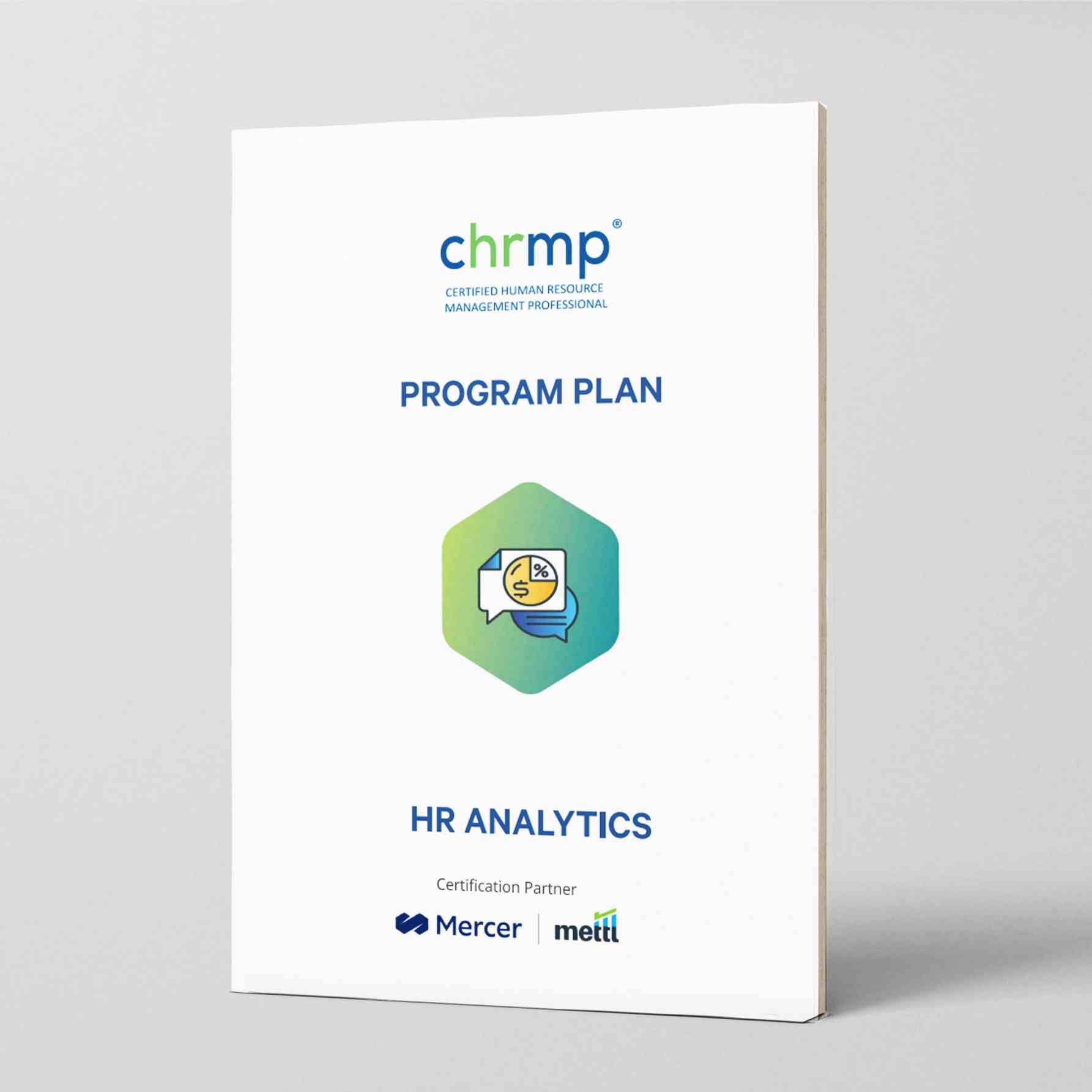The future of HR Analytics is all about leveraging data to make informed decisions related to the workforce.
By measuring, analyzing, and interpreting HR metrics and data, organizations can gain valuable insights into employee performance, engagement, turnover, and more.
With statistical techniques, data mining, machine learning, and predictive analytics, HR Analytics can help organizations identify and address workforce issues before they become major problems.
This data-driven approach to workforce management can lead to improved decision-making, better recruitment and retention strategies, and ultimately, a more engaged and productive workforce.
As the use of HR Analytics continues to grow, it will become an increasingly important tool for organizations looking to stay ahead of the curve and make data-driven decisions for the future.
Importance of HR Analytics
Organizations are placing more and more emphasis on HR analytics because it enables them to make data-driven choices that enhance the efficacy and efficiency of their HR services.
Organizations may learn more about employee behaviour and engagement levels, as well as patterns and trends in the data by tracking key performance indicators (KPIs).
This blog’s objective is to give a general overview of HR Analytics’ future.
It will examine new developments in HR Analytics, as well as its uses, limitations, and prospects, and will go through how it may aid businesses in making smarter personnel decisions.
Readers will have a better knowledge of HR Analytics’ potential and how it may be applied to enhance HR processes by the end of this article.
Present HR Analytics Situation
Although HR Analytics has been available for a while, some firms have been sluggish to implement it.
Because of the accessibility of big data and the development of analytics technology, the usage of HR analytics has considerably risen in recent years.
Employee turnover, retention rates, performance metrics, training and development metrics, diversity metrics, and other HR data may all be analysed using HR analytics.
Challenges with HR Analytics
Notwithstanding the potential advantages of HR Analytics, there are a number of difficulties that businesses run into when putting it into practise.
Issues with data quality, a lack of analytical expertise among HR experts, and reluctance to change are a few of the frequent difficulties.
HR Analytics Benefits
Organizations may benefit from HR analytics in a number of ways, including by getting insights into workforce trends and patterns, promoting employee engagement and retention, lowering HR expenses, and improving HR decision-making.
Organizations may prevent problems from occurring in the first place by proactively identifying and resolving them with HR Analytics.
Moreover, HR Analytics may assist firms in making better decisions regarding, among other things, hiring, performance management, and employee development.
Emerging trends in HR Analytics
- Machine Learning and AI
The application of artificial intelligence (AI) and machine learning (ML) techniques is one of the most important new developments in HR analytics.
These technologies make it possible for firms to make better predictions and decisions based on their HR data by automating various HR activities.
AI and ML, for instance, may be used to examine applicant resumes, spot patterns in employee behaviour, and forecast staff churn in the future.
2. Predictive Analytics
Another concept that is taking off in HR Analytics is predictive analytics.
Predictive analytics includes analysing HR data and forecasting future outcomes using statistical algorithms and machine learning techniques.
Predictive analytics may be used, for instance, to identify which workers are most likely to leave a firm or which candidates have the best chances of succeeding in a given position.
3. Natural language processing
An further new development in HR analytics is Natural Language Processing (NLP). NLP uses algorithms to decipher human language and assess its meaning.
In order to understand employee sentiment and engagement levels, NLP may be utilised in HR Analytics to evaluate social media comments, employee feedback, and other unstructured data.
The way firms manage their workforce and make HR decisions may change as a result of these new developments in HR analytics.
Organizations may acquire deeper insights into their HR data and make better decisions by utilising these tools.
HR analytics applications
- Selection and Recruiting
The recruiting and selection process may be enhanced with the use of HR analytics.
Organizations may find the greatest talent sources, improve their job advertising, and pinpoint the traits of successful recruits by studying candidate data and previous hiring choices.
The time and expense related to the hiring process may both be decreased with HR analytics.
2. Employee engagement
Employee engagement may be measured and improved using HR analytics.
Organizations may learn what influences employee engagement and take action to increase it by monitoring employee feedback, performance information, and other HR indicators.
HR Analytics, for instance, may be used to pinpoint which employees are most likely to leave the organisation and create effective retention plans.
3. Performance Evaluation
By figuring out what contributes to great performance, HR analytics may be utilised to enhance performance management.
Organizations may identify the abilities and practises that contribute to success and create training and development plans that are specifically aimed at developing those abilities and behaviours.
Moreover, HR analytics may assist in locating performance gaps and enabling managers to provide staff specific feedback.
4. Succession planning
High-potential individuals may be found and succession plans can be created with the help of HR analytics.
Organizations may identify workers who have the knowledge and expertise necessary to fill key positions by evaluating employee data, and they can then create specialised development plans to train them for these positions.
5. Inclusion and Diversity
HR analytics may be used to the workplace to encourage inclusion and diversity.
Organizations may discover areas for improvement and create specialised plans to promote diversity and inclusion by evaluating employee data and diversity indicators.
Organizations may obtain deeper insights into their HR data and make better decisions by utilising HR Analytics in these areas.
This may result in enhanced productivity, more worker engagement, and a more inclusive and varied workplace.
Future of HR Analytics
- Business Strategy Integration
HR Analytics and company strategy will merge more seamlessly in the future.
Employers will employ HR Analytics to learn how their personnel contributes to their overall company objectives and base their strategic decisions on this information.
Business executives will also utilise HR Analytics as a tool for making choices regarding their workforce, not simply HR departments.
2. Real time Analytics
Another development that will influence the direction of HR analytics is real-time analytics.
By examining HR data as it is produced, real-time analytics enables firms to see problems and opportunities as they appear.
Organizations will be able to adapt to changes in their workforce more rapidly and make more educated decisions in real-time with the aid of real-time analytics.
3. Predictive analytics
A significant trend in HR analytics will be predictive analytics in the future.
Predictive analytics will progress in the future, enabling businesses to forecast workforce patterns and events with more accuracy.
Moreover, predictive analytics will be better connected with other business data, allowing businesses to make more comprehensive judgements.
4. Data protection and Ethics
Ethics and data privacy will be given more weight as HR analytics develops.
Organizations will need to make sure that employee data is gathered and used in an ethical and open manner as they gather more information on their workforce.
Moreover, businesses must guarantee that their HR analytics procedures are safe and secure in order to protect employee data.
5. Integration of Additional Technology
The integration of HR Analytics with other technologies, like AI, machine learning, and NLP, will increase in the future.
Organizations will be able to automate several HR procedures, acquire greater insights into their workforce data, and make better choices thanks to these technologies.
6. Automation
By automating routine operations like data gathering, data cleansing, and report preparation, automation is already revolutionising HR Analytics.
Professionals in HR Analytics will be able to concentrate on more challenging activities like data analysis, modelling, and strategic decision-making as a result.
Overall, developing technologies and trends will make it possible for businesses to acquire deeper insights into their personnel and make decisions that will improve business outcomes.
This will make the future of HR analytics interesting.
But, it’s crucial to make sure that HR Analytics are utilised in a morally upright and open manner that respects employee dignity and privacy.
Conclusion: HR Analytics Best Practices
With the help of HR Analytics, businesses can acquire a comprehensive understanding of their staff and make informed choices that improve their bottom line.
The best practises that guarantee HR Analytics is in line with business objectives, concentrated on high-impact areas, and based on accurate and trustworthy data must be followed by businesses in order to maximise the value of HR Analytics.
Moreover, they must embrace change management, effectively share ideas, and promote a culture of continual development.
Predictive analytics, natural language processing, automation, integration with other business activities, and the ethical and transparent use of data will define the future of HR Analytics as it continues to develop.
Organizations can make sure that their HR Analytics projects continue to be successful and relevant and to provide significant commercial returns by keeping up with these new trends and technology.
In conclusion, HR Analytics is an essential tool for every business looking to better understand and use its staff.
Organizations can use HR Analytics to acquire deep insights about their workforce, make educated decisions that generate business outcomes, and make sure they are well-positioned for success in the future by adhering to best practises and embracing emerging trends.
Frequently asked questions
- Describe HR Analytics.
HR analytics is the application of data and statistical techniques to learn more about a company’s personnel. In order to make strategic choices about hiring, retaining, training, and performance management, it entails gathering and evaluating data on employee demographics, performance, engagement, and other criteria.
2. Which advantages do HR Analytics offer?
Many advantages come from HR analytics, such as a better understanding of workforce patterns, more effective hiring and retention decisions, and the capacity to spot and resolve performance concerns before they become a problem. Moreover, it helps businesses to pinpoint skill shortages, improve training and development initiatives, and guarantee that their staff is in line with their strategic objectives.
3. What potential issues could arise using HR Analytics?
The necessity for precise and trustworthy data is one of the major issues with HR analytics. Large volumes of data are needed for HR analytics, and insufficient, erroneous, or biassed data can result in wrong findings and poor decision-making. The requirement for specific knowledge and abilities, such as statistical analysis, data visualisation, and programming, presents another difficulty. Last but not least, there is the difficulty of ensuring that HR Analytics is utilised in a morally upright and open manner that respects employee dignity and privacy.
